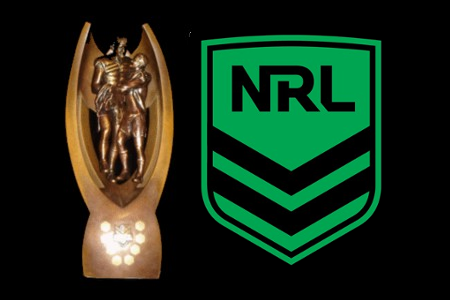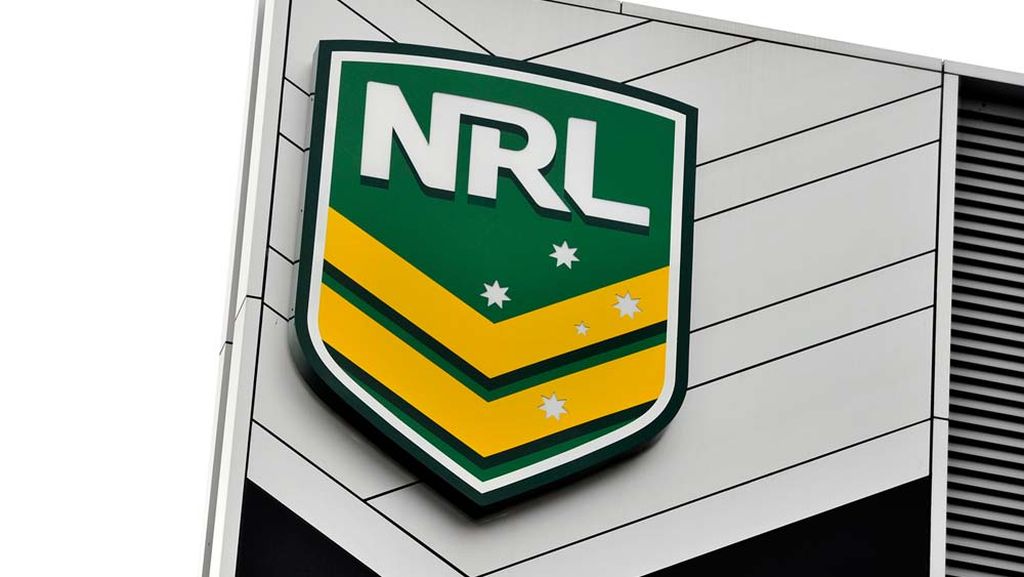These are clearly two freak weekly rounds and far too small a sample to draw conclusions from, so I’ve looked at the outcome of all games during the last ten seasons (2003-2012) and used the normal measures of competitive balance I’ve used in previous blogs to draw comparisons and conclusions from – match winning margins as a short term measure of how close games are, win percent ratio as a medium term measure of how close regular seasons have been, and a simple count of how many winners there have been to indicate the long term competitive balance.
I’ve put together a few tables to summarise the data. The first two show the numbers as they relate to each season for each league, and the second two show how each team has done when averaging out their performances over the ten years. Gold Coast have only played in six of the ten years, and I’ve only included Super League teams who’ve played in at least six seasons.
The numbers above show that the average regular season game is notably closer in the NRL, with the Super League average 17.8 being 23% more than the the NRL’s 14.5. Every respective season in NRL saw closer games than its Super League counterpart and no Super League season had an average winning margin as low as the NRL 10 year average, with no NRL season as big an average as the Super League overall average. Clearly, the general position is that the outcomes of individual games are closer in the NRL than in the Super League. NRL games are therefore, in general, more competitive. However, it is worth noting that when it comes to the playoffs, where the best teams that year face each other in a (sort of) knock-out competition, NRL games aren’t as close as their regular season games and are basically as close as Super League playoff games. This suggests Super League playoff games are a step up in competition, whereas NRL playoffs aren’t.
The win percent ratio for the NRL is also notably lower than Super League. The closer to zero this figure is, the more competitive the season has been – i.e. the closer all the teams were to each other in terms of games won/points earned. Only one Super League season was closer than the NRL tended to be at the end of the regular season, and only two were closer than the least competitive NRL season. Particularly early on in the sample, the Super League was not close between the better and the worse teams. The NRL figures actually compare very favourably when compared to other sports too when I’ve looked at similar research I did a few years ago for the English Premier League, the NFL and Major League Baseball. It is a very competitive league season in, season out.
In the longer run, when you consider the amount of different teams winning titles and getting to Grand Finals, the NRL again looks more competitive. In terms of ‘Minor Premierships’ the numbers are close – five in Super League and only one more in the NRL. The share of wooden spoons was also marginally higher in the NRL. However, nearly twice as many teams have made it to the Grand Final down under as have managed the feat in Super League. Melbourne have been a fairly dominant force, although a big astrix is next to their name certainly before 2010, but only Sydney in 2003 and 2004 played in consecutive NRL Grand Finals, whereas every Super League final has featured a team who appeared the previous year other than in 2006. Long term dominance by a small group of teams has certainly been easier in Super League, which the following tables will also show.
In looking at the above tables its worth bearing mind that the NRL had 15 teams 2003-2006 and 16 from 2007-2012, Super League had 12 teams for 2003-2008 and four in 2009-2012. NRL has always had 8 teams making the playoffs, Super League had 6 2003-2008 and 8 2009-2012, although overall teams have had an almost equal opportunity to make the playoffs regardless of which competition they were in – all other things being equal teams would make the playoffs around 50% of the time.
Clearly all other things aren’t equal, but they are closer to being equal in the NRL, where every team has made the playoffs at least twice and no team have been in the playoffs every season (Melbourne would have achieved this but for the penalties of cheating leaving them bottom without escape in 2010). Seven of the NRL teams make the playoffs between 40-60% of the time – the figures you would expect for all teams in an closely competitive league structured this way. In Super League this figure is three. Two teams have only made the end of season party once, both having played in 8 of the 10 seasons.
On average, Leeds, St Helens and Wigan will finish in the top four, Warrington and Bradford in the top six. Only three NRL teams have averaged a top six place (Melbourne, Brisbane and St George) and no team a top four place.
During the ten years, five NRL teams have ‘won’ both the minor premiership and the wooden spoon, which has never happened in Super League – Catalan Dragons are the only team to finish in the top three and also finish bottom of the table. Every NRL team has finished as high as fourth during the regular season, whereas four of the regular Super League clubs haven’t managed this. Every NRL team has finished in the bottom half of the table, but Leeds and St Helens never have in Super League. Taking things further, on 8 occasions an NRL Grand Final team has failed to make the playoffs the following year – this has never happened in Super League.
All this backs up the generalisation that the NRL is more competitive than the Super League and that the teams are more equal. Games generally have tighter results, seasons tend to be closer between top and bottom teams, titles are distributed more evenly, and previous performance is less of an indicator on how well a team will do the following year.
Why is it more competitive? Well I would argue its because of the way the league is structured, with consistent membership and interdependence between the member clubs for continued growth and sustainability. Of course it also doesn’t hurt its chances that it is one of the biggest sports in the biggest TV markets in Australia, compared to unfortunately being a minority sport in the UK and France.
….
That clears up the NRL being more competitive, but I’ve been thinking how I would analyse whether the games are more intense in the NRL than Super League using numbers. This I feel is a more difficult task. What you would be expecting is better defensive statistics across the board in the NRL to demonstrate this, but then that league also features the supposed best attacking players as well, so these factors may counteract each other. Would you expect less breaks because defence is better, or more because attack is better? More missed tackles or less? I’ve had a quick look at some numbers from this season so far and the missed tackle numbers on the face of it are very similar (about 8% of all tackles), NRL attacks tend to make more yards per carry and more tackle busts per carry, but less clean breaks per carry. A problem I face with this is I can’t be sure the statisticians for the NRL competition use the same processes and criteria as the company who anaylse Super League games. Based on eye-test alone NRL seems more intense generally, but then Wigan v Warrington or Leeds v Huddersfield have been as intense as anything I’ve seen in the NRL this year. I’ve also seen some awful NRL games and some terrible Super League games – but the main difference is the bad NRL games are low scoring and the bad Super League games can be high scoring – bad NRL games tend to have poor attacking play, whereas bad Super League games are often due to poor defensive play. I’ll go away and have a think at how I could look at this in more detail, I may need to dig deeper into my old toolkit that I pretty much left behind when I finished Uni…









